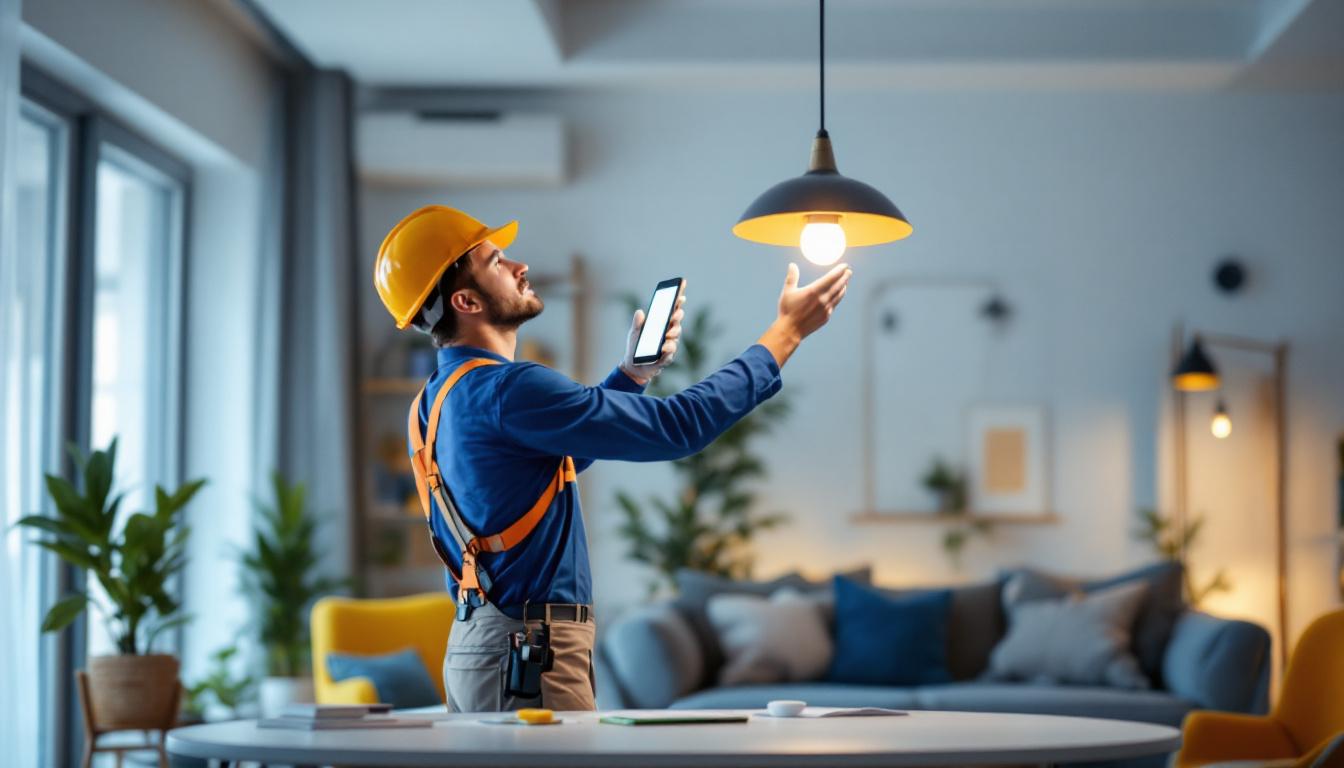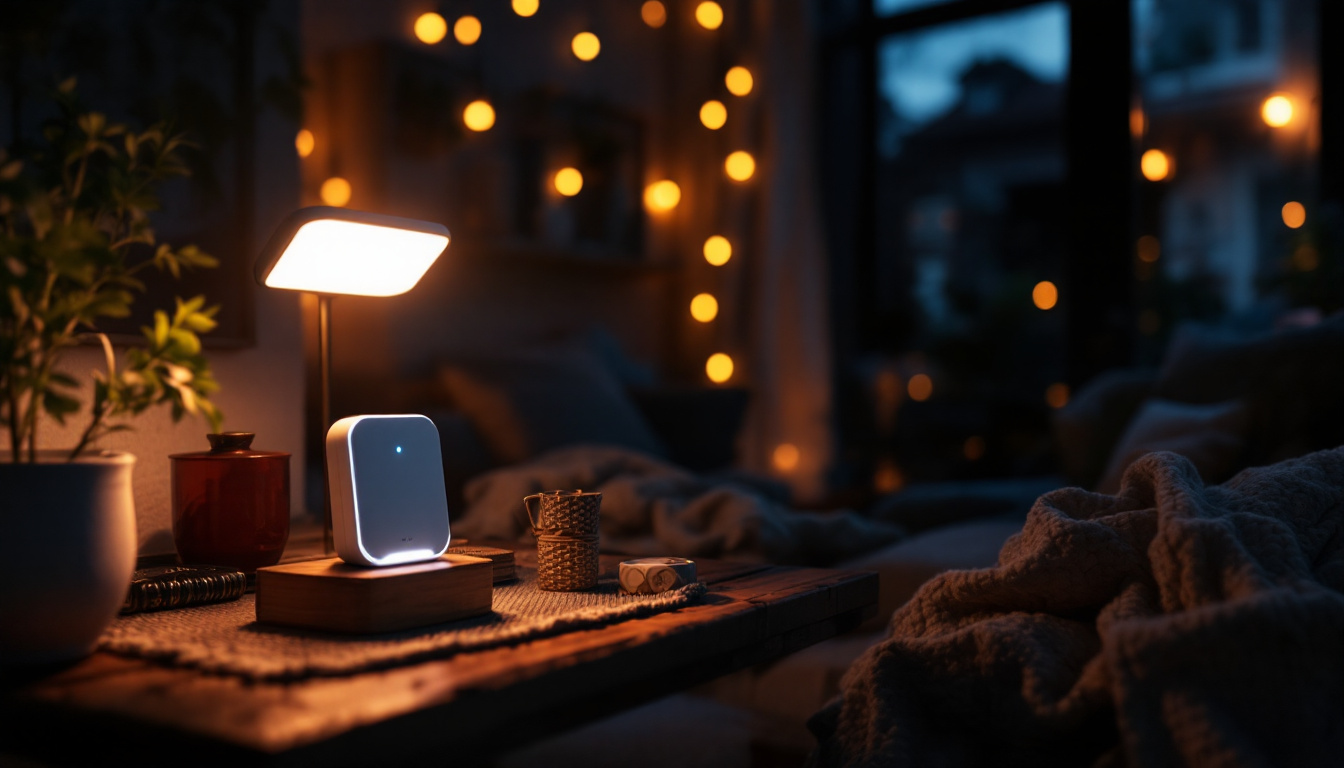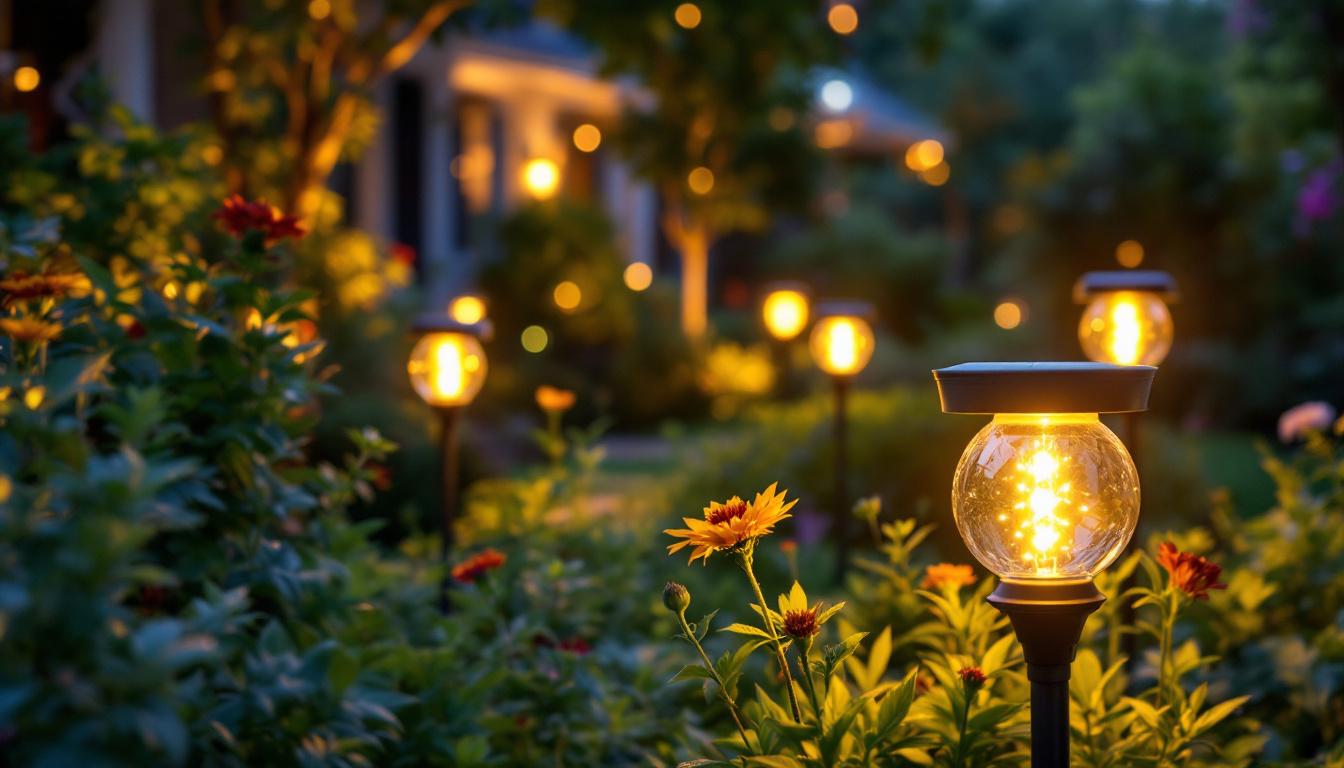
Lighting contractors operate in a dynamic industry where technology, design trends, and regulatory standards continuously evolve. Selecting the right lighting fixtures is not merely about aesthetics or price; it involves a nuanced understanding of performance, compliance, and client needs. To navigate this landscape effectively, contractors must grasp the various types of fixtures, their applications, and the factors influencing purchasing decisions.
Modern lighting solutions range from traditional incandescent and fluorescent fixtures to advanced LED systems and smart lighting technologies. Each category offers distinct advantages and challenges, making it essential for contractors to stay informed about the latest developments. Furthermore, the diversity of project types—from residential to commercial, industrial to outdoor—demands tailored fixture choices that balance functionality, energy efficiency, and durability.
Lighting fixtures can be broadly categorized into ambient, task, accent, and decorative lighting. Ambient fixtures provide general illumination and are foundational to any lighting plan. Task lighting focuses on specific activities, such as reading or cooking, requiring fixtures like under-cabinet lights or desk lamps. Accent lighting highlights architectural features or artwork, often using adjustable spotlights or wall washers. Decorative lighting serves both functional and aesthetic purposes, with chandeliers and pendant lights being prime examples.
For contractors, understanding these categories aids in specifying fixtures that meet both the functional requirements and the design intent of a project. For instance, in commercial spaces, energy-efficient ambient lighting combined with task lighting can enhance productivity and reduce operational costs. In contrast, residential projects might prioritize decorative fixtures that complement interior design themes while ensuring adequate illumination. Additionally, the rise of smart lighting systems has introduced a new layer of complexity, allowing for customizable settings that can adapt to the time of day or user preferences. This not only enhances user experience but also contributes to energy savings, making it a compelling option for both contractors and clients alike.
Moreover, the integration of sustainable practices into lighting design is becoming increasingly important. Contractors are now faced with the challenge of selecting fixtures that not only meet aesthetic and functional needs but also adhere to environmental standards. This includes choosing products made from recyclable materials, utilizing energy-efficient technologies, and incorporating features that allow for easy maintenance and longevity. As consumers become more environmentally conscious, the demand for eco-friendly lighting solutions is expected to grow, pushing contractors to stay ahead of the curve in terms of both product knowledge and industry regulations.
Selecting lighting fixtures involves more than choosing a style or brand. Contractors must evaluate several critical factors to ensure the fixtures perform as expected and comply with relevant standards.
Energy consumption is a primary concern for clients and regulatory bodies alike. LED fixtures have become the industry standard due to their superior energy efficiency, longevity, and lower maintenance costs compared to traditional lighting. According to industry data, LEDs can reduce energy use by up to 75% compared to incandescent bulbs.
Moreover, sustainability considerations are increasingly influencing purchasing decisions. Fixtures made from recyclable materials or those designed for easy maintenance and replacement contribute to a project’s environmental responsibility. Lighting contractors should also be aware of certifications such as ENERGY STAR and DLC (DesignLights Consortium), which signify compliance with energy efficiency standards. These certifications not only enhance the credibility of the products but also often qualify projects for rebates and incentives, making them financially attractive for clients.
Additionally, the integration of smart lighting technology is revolutionizing energy management in both residential and commercial spaces. Smart fixtures can adjust brightness based on occupancy or natural light levels, further optimizing energy usage. As clients become more environmentally conscious, offering solutions that incorporate smart technology can set contractors apart in a competitive market.
Lighting installations must adhere to local and national electrical codes, safety standards, and building regulations. Non-compliance can lead to costly rework, legal liabilities, and safety hazards. Contractors should familiarize themselves with standards from organizations such as the National Electrical Code (NEC), the Illuminating Engineering Society (IES), and the International Electrotechnical Commission (IEC).
Additionally, accessibility standards, such as those outlined in the Americans with Disabilities Act (ADA), may influence fixture placement and design. For example, fixtures in public spaces must avoid glare and ensure adequate illumination for individuals with visual impairments. Understanding these nuances is crucial for creating inclusive environments that cater to all users, thereby enhancing the overall functionality and appeal of the space.
Furthermore, staying updated on evolving codes and standards is essential, as regulations can change based on new research or technological advancements. Contractors should consider attending workshops or industry seminars to remain informed about these developments, ensuring that their installations not only meet current requirements but also anticipate future trends.
Investing in high-quality fixtures reduces the risk of premature failure and maintenance issues. Contractors should evaluate the build quality, materials, and manufacturer reputation before making purchases. Warranties provide a safety net, often covering defects and performance issues for several years. A robust warranty can be a significant selling point when presenting options to clients.
In addition to the warranty, contractors should also consider the availability of replacement parts and customer support from manufacturers. A reputable manufacturer will not only provide a comprehensive warranty but also ensure that replacement components are readily available, minimizing downtime in case of repairs. This aspect is particularly important for commercial projects where lighting plays a crucial role in daily operations, and any disruption can impact productivity.
Lastly, it is beneficial to conduct thorough research on customer reviews and case studies related to specific fixtures. Learning from the experiences of other contractors can provide valuable insights into the long-term performance and reliability of products, ultimately guiding informed purchasing decisions that align with client expectations and project goals.
Efficient procurement processes can significantly impact project timelines and profitability. Lighting contractors benefit from strategic approaches that optimize cost, quality, and delivery.
Long-term partnerships with reputable suppliers offer advantages such as priority access to new products, volume discounts, and reliable delivery schedules. Suppliers with technical expertise can also provide valuable support in fixture selection and troubleshooting. Contractors should vet suppliers based on their product range, customer service, and industry reputation.
Digital tools have transformed how lighting contractors specify and order fixtures. Software platforms enable contractors to visualize lighting layouts, simulate lighting effects, and generate detailed specifications. These tools improve accuracy, reduce errors, and facilitate client presentations.
Online ordering systems streamline procurement by providing real-time inventory updates, order tracking, and automated invoicing. Embracing such technologies enhances operational efficiency and client satisfaction.
Effective inventory management ensures that fixtures are available when needed, avoiding project delays. Contractors should balance holding sufficient stock against the costs of overstocking. Just-in-time delivery arrangements with suppliers can mitigate inventory risks.
Logistics planning must also consider fixture fragility and storage requirements. Proper handling minimizes damage during transit and on-site storage, preserving fixture integrity.
Staying abreast of industry trends enables lighting contractors to offer cutting-edge solutions that meet evolving client expectations.
Smart lighting systems, integrated with the Internet of Things (IoT), allow for dynamic control of lighting environments. Features include dimming, color tuning, occupancy sensing, and remote management via mobile devices. These capabilities enhance energy savings, user comfort, and security.
Contractors should familiarize themselves with protocols such as Zigbee, Z-Wave, and Bluetooth Mesh, which facilitate communication between fixtures and control systems. Understanding interoperability challenges and cybersecurity considerations is also essential.
Human-centric lighting (HCL) focuses on aligning artificial lighting with natural circadian rhythms to promote health and well-being. Fixtures with tunable color temperatures and adjustable intensity support this approach, particularly in healthcare, educational, and office environments.
Incorporating HCL principles can differentiate a contractor’s offerings and add value to projects aimed at enhancing occupant wellness.
Innovations in materials science have led to lighter, more durable, and aesthetically versatile fixtures. For example, the use of advanced polymers and composites enables intricate designs that were previously impractical. Additionally, improvements in heat dissipation technologies extend LED fixture lifespans.
Design trends emphasize minimalism, integration with architectural elements, and customizable features. Contractors should keep abreast of these developments to meet client demands for both form and function.
Beyond technical knowledge and strategic planning, practical advice can help contractors make informed and efficient purchasing decisions.
Before specifying fixtures, contractors should engage with clients to understand their functional requirements, aesthetic preferences, budget constraints, and future scalability. Site evaluations and consultations with architects or interior designers ensure alignment with project goals.
Whenever possible, obtaining physical samples or arranging demonstrations allows contractors and clients to assess fixture quality, light output, and color rendering firsthand. This step can prevent costly surprises after installation.
Consideration of fixture maintenance needs and ease of replacement is crucial, especially for commercial and industrial projects. Selecting fixtures with accessible components and standardized parts simplifies future servicing and reduces downtime.
Accurate and detailed documentation of fixture specifications, including model numbers, finishes, and installation instructions, minimizes errors during ordering and installation. Clear communication with suppliers and installation teams is essential to project success.
For lighting contractors, mastering the complexities of lighting fixture procurement is a cornerstone of professional success. By understanding fixture types, prioritizing energy efficiency and compliance, adopting strategic procurement practices, and staying informed about industry innovations, contractors can deliver superior lighting solutions that satisfy client expectations and enhance project outcomes.
In an industry where technology and design continually advance, a proactive approach to fixture selection and purchasing not only ensures quality and reliability but also positions contractors as trusted experts in the competitive lighting market.
Ready to elevate your lighting projects with fixtures that blend quality, efficiency, and affordability? Look no further than LumenWholesale. Our extensive selection of spec-grade lighting products is designed to meet the highest industry standards, ensuring you deliver exceptional results to your clients. With unbeatable wholesale prices and the convenience of free shipping on bulk orders, you can trust LumenWholesale to provide premium lighting solutions at the best value. Don’t compromise on quality or cost—choose LumenWholesale for your lighting needs. Wholesale Lighting at the Best Value is just a click away.

Explore how battery backup emergency lights enhance energy efficiency while ensuring safety during power outages.

Discover why exterior solar garden lights are essential for lighting contractors—boost project appeal, save costs, and enhance sustainability.

Illuminate your outdoor spaces sustainably with our comprehensive guide for lighting contractors.
Discover essential tips for lighting contractors to perfect flush mount can lighting installations.